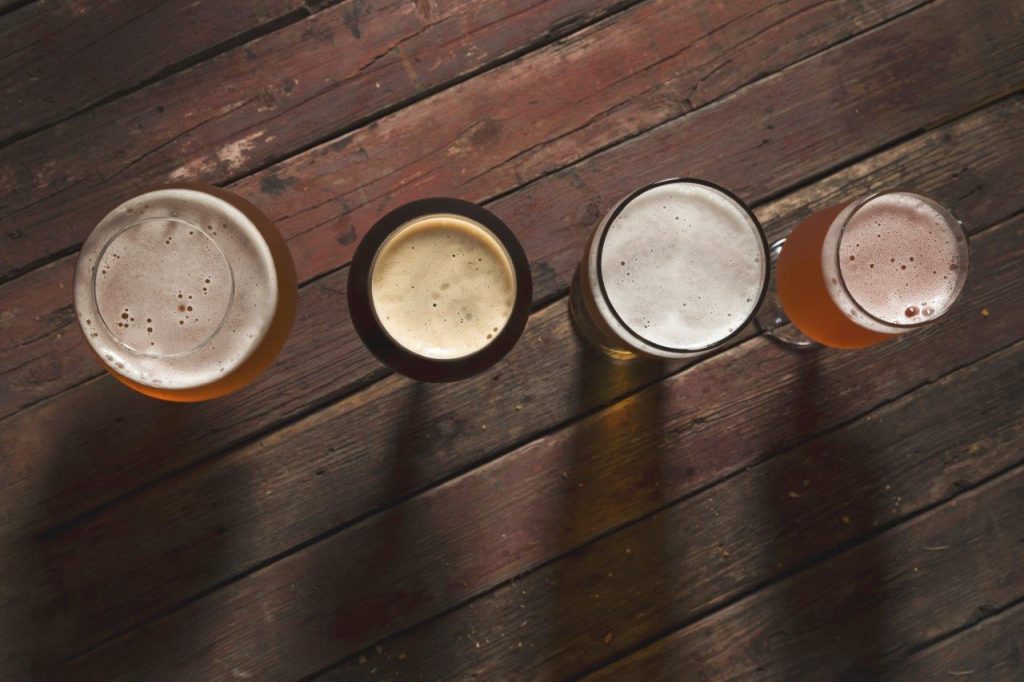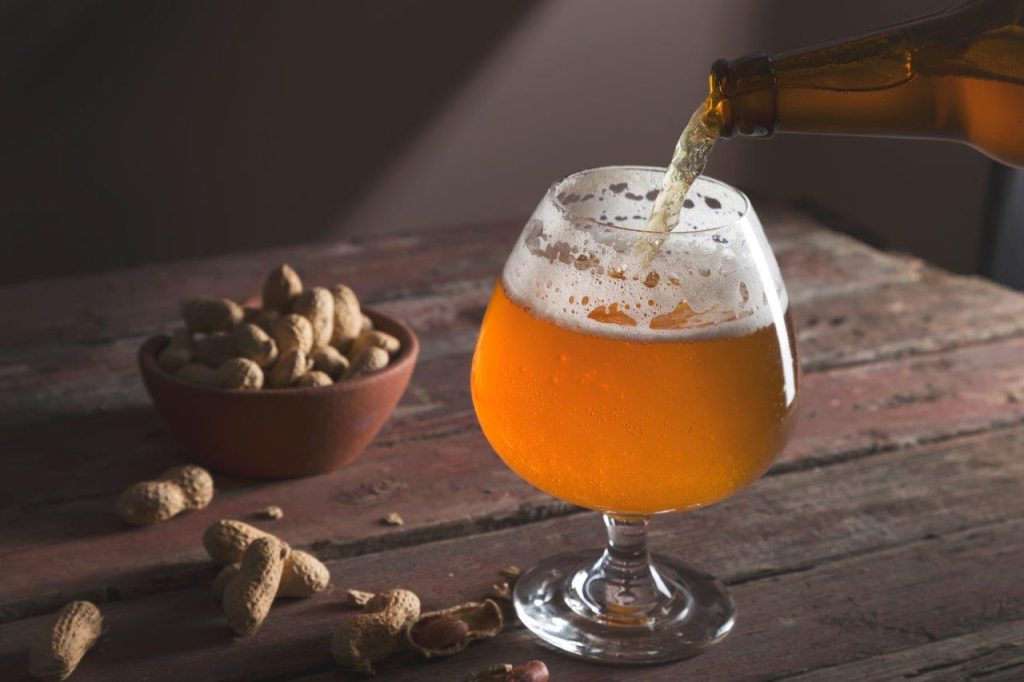The variety of German beer available at Crvena Jabuka Gastro Market Marindvor: Now you’re informed about what’s being enjoyed this weekend.

Sarajevo may not host an Oktoberfest, but Crvena Jabuka Gastro Market Marindvor has brought the famous German beer festival closer to its customers with promotional prices in October.
During this time, customers at the Sarajevo market had the opportunity to purchase renowned German beers at 20% lower prices, including brands like Paulaner, Hacker Pschorr, Benediktiner, Maisels Weisse, Erdinger, Holsten, and more. For those less familiar with the origins and varieties of German beer, here are some intriguing facts.
Among Germans, pilsners are the most popular beer variety. The name is derived from the Czech city of Pilsen, where beer production dates back to the 13th century, but the variety that made Pilsen famous worldwide emerged in the mid-19th century. Pilsen is located in the Czech Republic, not far from Germany, so the local brewing techniques quickly spread to Germany and became popular among Germans.
German pilsners exhibit a light golden color and a subtle hop aroma. The malt presence is slightly more noticeable than in regular lagers, which are typically bottom-fermented varieties, to which Pilsners belong. German brands also tend to contain slightly more hops than their Czech counterparts.
In the 19th century, Bavarian ale made its way to Germany in response to the British beers that were sweeping the country. Munich residents adapted ale to their taste, resulting in a distinct straw-colored beer with a flavor that differs from English ales. Before this type of beer arrived on the German beer scene, dark beers, known as dunkelbiers (Dunkelbier), were the norm. Dunkels have reddish and brown hues and are notably sweeter than other varieties.
Before the famous wheat beer variety, there was a robust type known as Bock. These beers have an alcohol content of 6%, with some doppelbocks reaching up to 12-13%. In crafting these varieties, extra malt is used, leading to a caramel flavor with a pronounced malt base

Lastly, German wheat beers, or weissbiers (Weißbier), are brewed using wheat. They appear light straw-white in color and are often sold unfiltered. Various recipes exist for white beers around the world, with some even using coriander and orange peel, as is the case in Belgium. However, typical Bavarian Weissbier beers offer a noticeable fruity aroma of banana and cloves, along with a mild, medicinal-like scent.

Fun Facts:
- Paulaner is a Munich-based brewery and one of the six major suppliers of drinks to Oktoberfest.
- Erdinger is considered the world’s largest brewery specializing in wheat beers.
- The first documented references to the Hacker brewery date back 400 years when it was situated at the intersection of Zendlinger and Hakstrasse in Munich. Today, the Altes Hackerhaus restaurant occupies that location and often attracts Hacker-Pshorr beer enthusiasts.
- For four centuries, Benedictine beer has been brewed according to the same recipe at the Ettal Benedictine monastery, not far from Oberammergau, which is close to the ski jumps of the famous Garmisch-Partenkirchen in northern Bavaria.
- Maisels Weisse, a brewery from Bayreuth, was founded in 1887 by the brothers Hans and Eberhardt Maisel.
- The letter “H” depicted on the brand emblem (specifically, on the knight’s shield) not only represents Holsten beer but also symbolizes the triumph of justice, embodied by the Knight of Holstein, mounted on a loyal horse.
Whether you prefer dark or light beer, everyone enjoys the hoppy beverage in their own way, allowing for personal preferences. The key here is knowing when to stop. Cheers!

